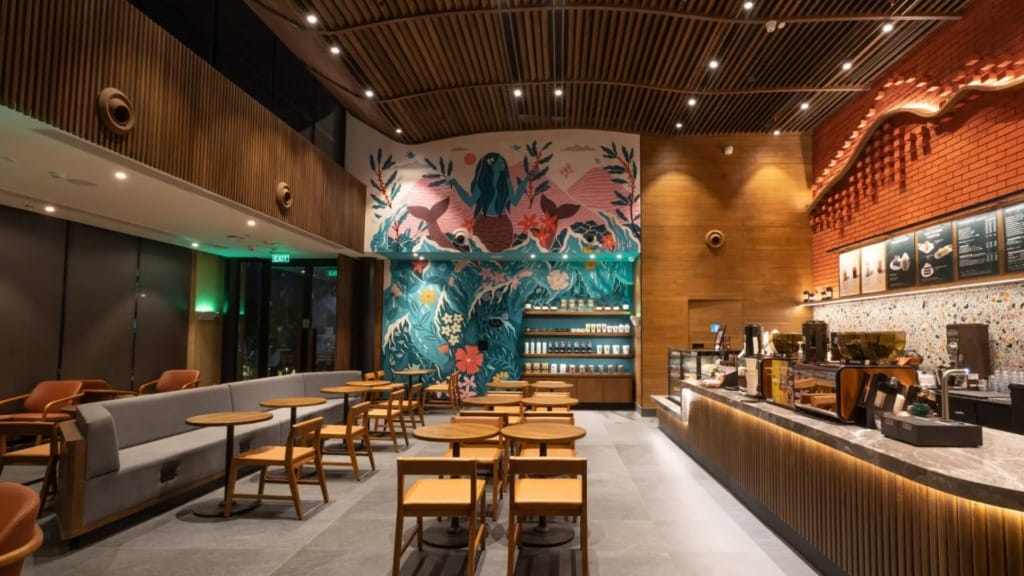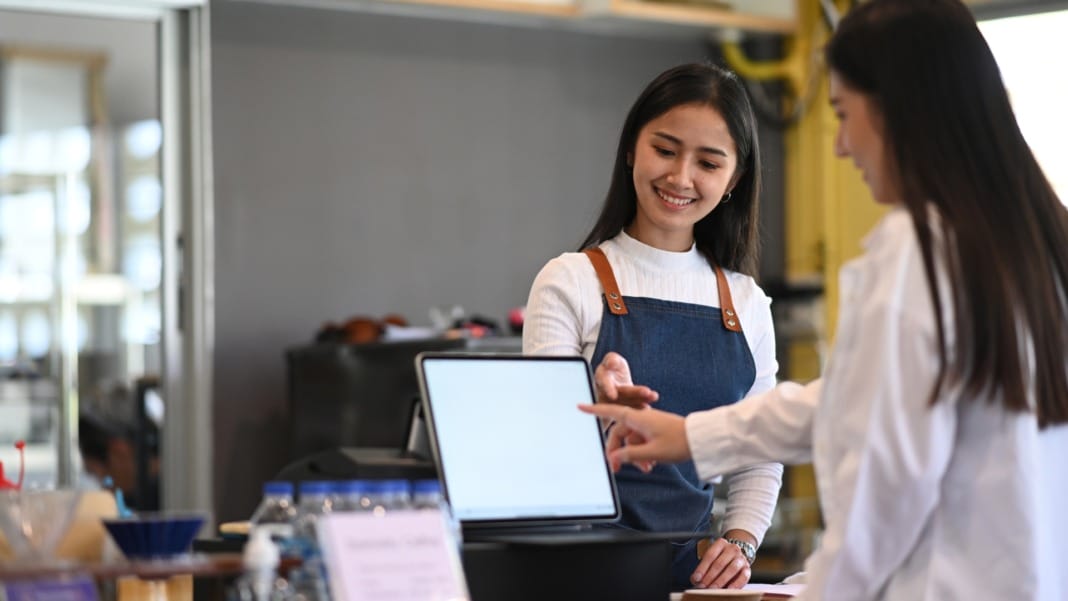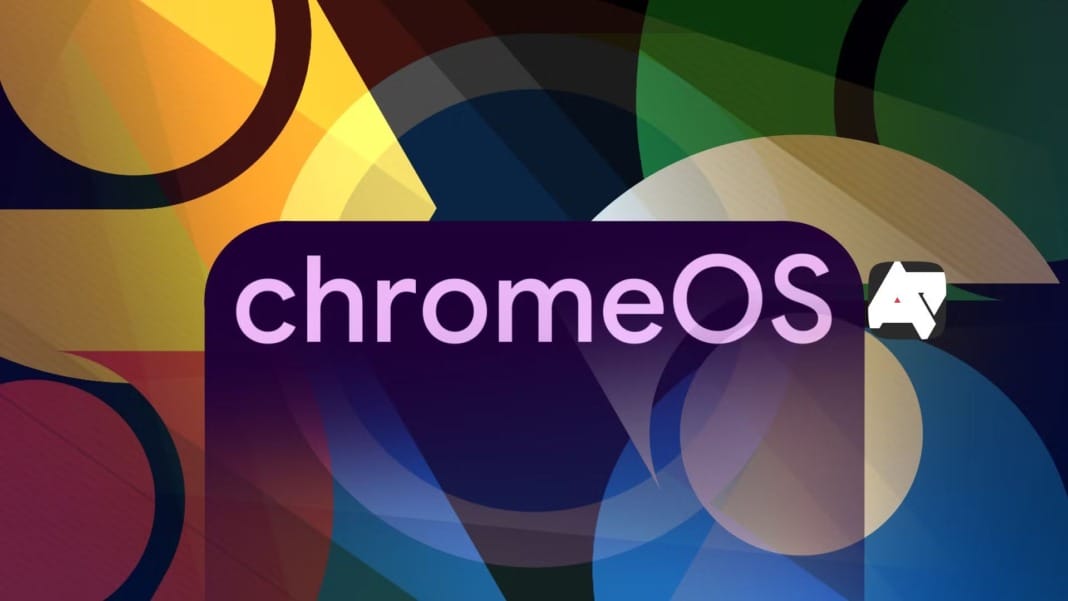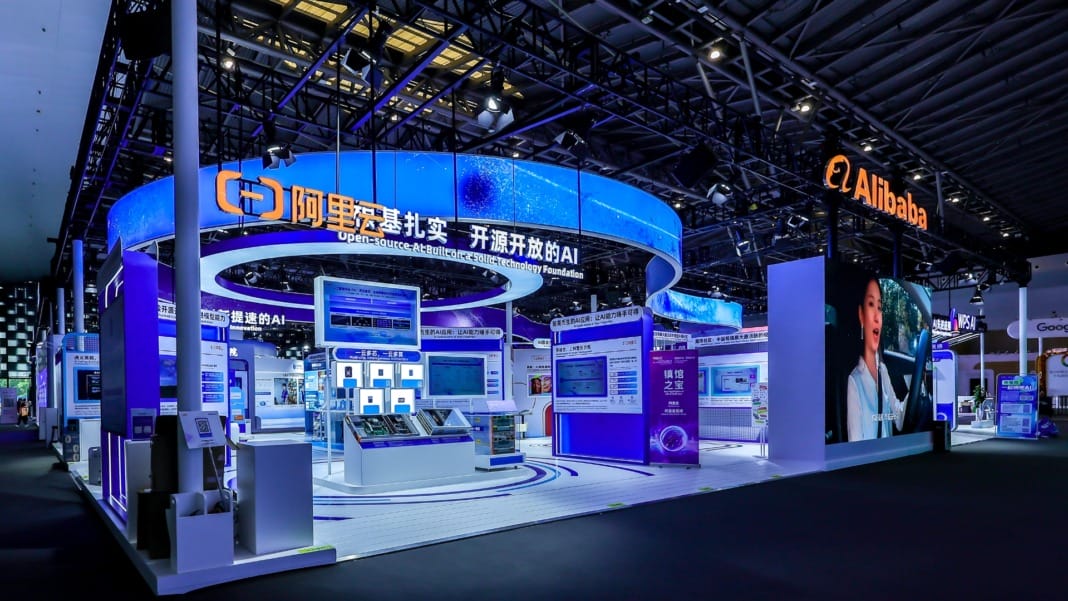The retail landscape is evolving, with hybrid buying experiences leading the transformation. This approach seamlessly blends online convenience with in-store engagement, offering a cohesive shopping journey across both platforms. Whether browsing products on your smartphone, purchasing via a website, or visiting a physical store, each interaction feels interconnected and user-friendly.
This shift reflects changing consumer preferences. A study by the IBM Institute for Business Value reveals that 27% of consumers now consider hybrid shopping their primary buying method. In response, retailers are merging their digital and physical strategies, investing in advanced technologies, and reimagining customer service to create a shopping experience that is smooth, personalised, and efficient at every stage.
Defining hybrid shopping experiences
Hybrid shopping combines the strengths of online and in-store interactions to offer a flexible and efficient experience. A prominent example is the ‘click and collect’ model, also known as Buy Online, Pick Up In-Store (BOPIS). This method allows you to purchase items online and retrieve them from a physical store, saving on delivery costs and reducing wait times. Retailers like Best Buy have successfully implemented this model, enabling customers to check online inventory and pick up purchases in-store, streamlining the entire shopping process.
In-store technologies further enhance the hybrid experience. For example, Marks & Spencer (M&S) introduced the ‘Pay With Me’ service, allowing customers with a few items to check out with a staff member while queuing, avoiding waiting for a till. This service uses handheld devices to take contactless payments, improving efficiency and customer satisfaction.

Nike has taken hybrid retail to a new level in its SoHo flagship store in New York. The store features interactive spaces, including a basketball half-court with digital video screens and adjustable hoops. Here, customers can test athletic wear in real-game scenarios, bridging physical engagement with digital technology. This approach enhances the customer experience and drives higher customer satisfaction and sales growth.
Flexibility is a hallmark of hybrid shopping. Some customers prefer to research products online and purchase them in-store, while others explore physical stores and finalise their orders online. Zara has successfully addressed this demand by integrating their mobile app with in-store services. Shoppers can scan items in-store or online to check stock availability in other locations. Additionally, customers can reserve items through the app for in-store pickup. This omnichannel strategy creates a cohesive shopping experience, offering convenience and flexibility.
At its core, hybrid shopping creates a seamless transition between digital and physical channels, ensuring that each stage of your shopping journey feels cohesive, efficient, and personalised.
Benefits of hybrid shopping for consumers
Hybrid shopping offers several clear advantages. Flexibility stands out, allowing you to choose how and where to shop. Whether browsing online late at night, checking in-store stock on your phone, or opting for in-store pickup after a long day, hybrid models adapt to your schedule.
Personalisation is another significant benefit. By integrating data from online and offline interactions, retailers can offer tailored recommendations and exclusive promotions based on your preferences. For instance, Sephora has excelled at blending digital and physical retail through its mobile app. Customers can try makeup virtually using augmented reality (AR) before heading to the store to finalise their purchase. Sephora also offers flexible pickup options, including in-store and curbside, to suit diverse customer needs. This combination of technology and convenience ensures a seamless shopping experience.
Efficiency improves significantly with hybrid models. Tools like real-time inventory checks and seamless returns save you time and reduce frustrations. Before visiting a store, you can confirm your desired product is available, avoiding unnecessary trips.
The shopping experience becomes more enjoyable when digital and physical elements work together. You can compare prices and read reviews online while enjoying the hands-on experience of trying or seeing products in-store.
Lastly, hybrid shopping supports sustainability. Methods like click-and-collect optimise logistics and reduce unnecessary carbon emissions associated with multiple deliveries. More retailers are integrating sustainable practices into their hybrid strategies to align with environmentally conscious consumer expectations.
How retailers are adapting to hybrid shopping
Retailers are making significant investments in technology integration to meet the demands of hybrid shopping. Advanced point-of-sale systems and inventory management tools help synchronise real-time stock levels between online platforms and physical stores. This prevents stock discrepancies and improves your overall shopping experience.
Staff training is another key area of focus. Retail employees are being equipped with digital tools to assist customers more effectively. They can now check stock availability, place online orders on your behalf, and provide tailored recommendations based on your preferences.
Retailers are also leveraging data analytics to understand consumer behaviour better. By analysing online and offline shopping data, they can predict demand patterns, personalise offers, and manage stock more efficiently.

Physical stores are being redesigned as experience hubs. For example, Starbucks has transformed its stores into highly efficient hybrid spaces. Their mobile app allows customers to order ahead, pay digitally, and pick up beverages in-store. This streamlined approach has reduced wait times and increased app adoption and customer loyalty.
The future of hybrid shopping experiences
The future of hybrid shopping is poised to become even more integrated and intelligent. Emerging technologies like artificial intelligence (AI) and augmented reality (AR) will play an even larger role. Imagine being guided in-store by an AI-powered app that directs you to products you’ve been researching online.
Hyper-personalisation will also expand, with every touchpoint tailored to your preferences. From customised email promotions to in-store product recommendations, the shopping experience will become increasingly individualised.
Social commerce continues to rise, with platforms like Instagram and TikTok integrating direct purchase options into their content feeds. This brings discovery and purchases closer together than ever before.
Lastly, sustainability will remain a focus as brands refine logistics, reduce packaging waste, and adopt greener delivery solutions. With brands like Nike, Sephora, Zara, Target, and Starbucks leading the way, hybrid shopping will be the foundation of the retail experience of the future.





